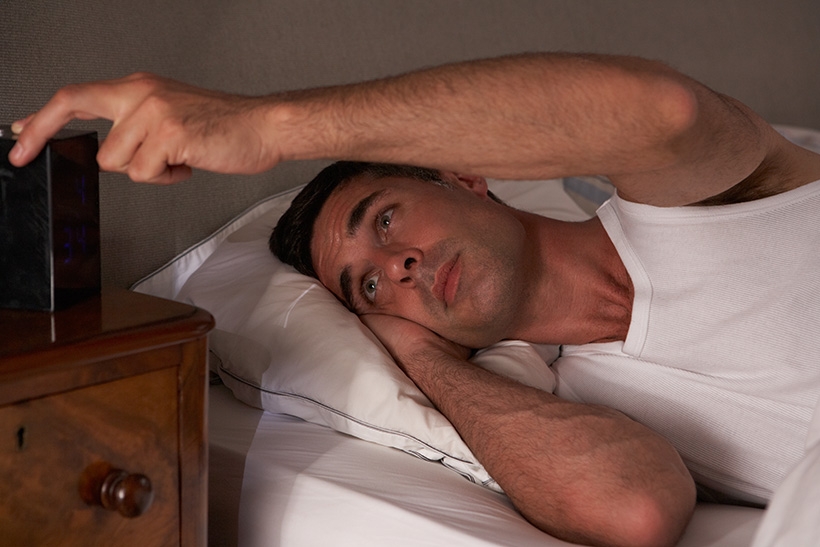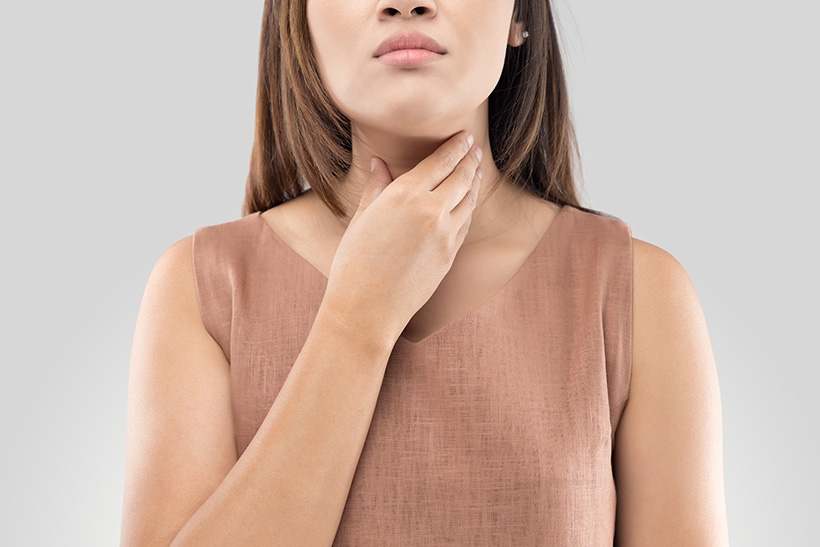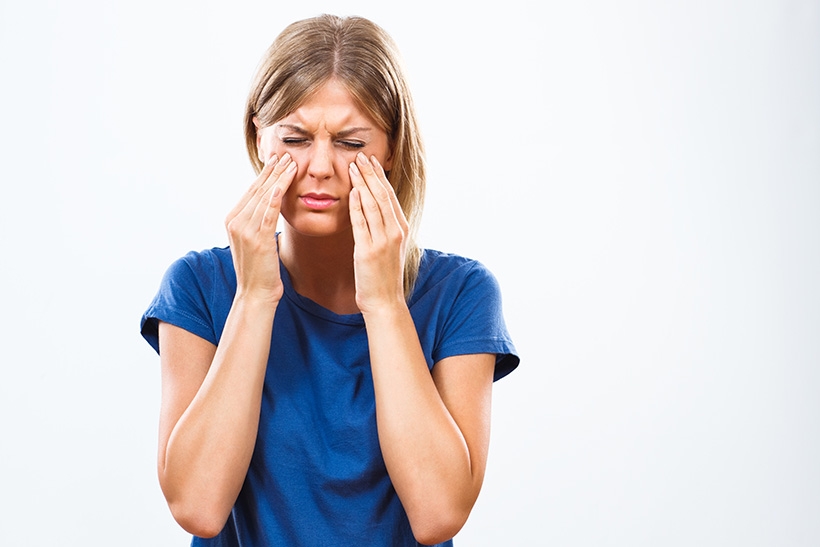Even if you aren’t aware of it, you may have frequent stops and starts in your breathing as you sleep, making it impossible to get the rest your body badly needs. This is often due to a condition known as sleep apnea.
This fairly common disorder can increase your risk of daytime tiredness and keep you from performing your best at school or work. It can also threaten your health. Dr. Yeung is a sleep apnea expert with considerable experience in helping people overcome the health challenges associated with this frustrating disorder.
What is sleep apnea?
Sleep apnea is a disorder that causes you to temporarily stop breathing as you sleep. These pauses can occur hundreds of times through the night and prevent your body and brain from getting the oxygen they crave.
There are two types of sleep apnea. The most common, obstructive sleep apnea (OSA), comes on because of an obstruction in the airways that occurs when the tissue structures at the back of your throat relax and collapse during sleep.
The second type is central sleep apnea (CSA). It’s not common and isn’t due to obstruction in your airway. Rather, it occurs when your brain fails to signal your muscles to breathe. CSA may be caused by certain medications, including narcotic pain relievers, and it’s sometimes linked to congestive heart failure or neuromuscular disorders.
Who gets sleep apnea?
Sleep apnea can occur in anyone at any age, even infants and children. Newborns are sometimes sent home with monitors that alert parents to episodes of apnea, especially infants who were born prematurely.
However, you’re more likely to develop OSA if you’re:
- Male
- Overweight
- Over 40
Other factors that may increase your risk of developing OSA include:
- A large neck size (greater than 17 inches in men and 16 inches in women)
- Enlarged tonsils
- A family history of sleep apnea
- Gastroesophageal reflux disease (GERD)
- A deviated septum, allergies, or other sinus problems
What are the symptoms of sleep apnea?
Regardless of which type you have, the symptoms of sleep apnea often overlap and may include:
- Waking up with a very dry mouth or sore throat
- Loud snoring that may be accompanied by choking or gasping sensations that wake you
- Pauses in breathing that are witnessed by your partner or family
- Low energy and sleepiness during the day that may affect your driving or other skills
- Morning headaches
- Forgetfulness, confusion, and easy distractibility
- Mood changes and decreased interest in sex
- Restless sleep with recurrent awakenings
- Waking suddenly and feeling short of breath, often occurring with central sleep apnea
What are health risks associated with sleep apnea?
The lack of sleep, which your body requires to remain healthy, and the oxygen deprivation caused by sleep apnea increases your risk for:
- High blood pressure
- Abnormal heartbeats, such as atrial fibrillation
- Recurrent heart attack
- Stroke
- Type 2 diabetes
What is the treatment for sleep apnea?
Treatments often depend on the severity of your symptoms and may include:
- Therapy with continuous positive airway pressure (CPAP) to keep your airways open as you sleep
- Use of a specially fitted, removable oral appliance that brings your bottom jaw forward slightly as you sleep
- Surgery to eliminate excess tissue in your throat, remove enlarged tonsils, or repair sinus abnormalities that are causing the OSA
If you think sleep apnea may be making you tired, schedule an appointment at Houston Sinus Surgery.




